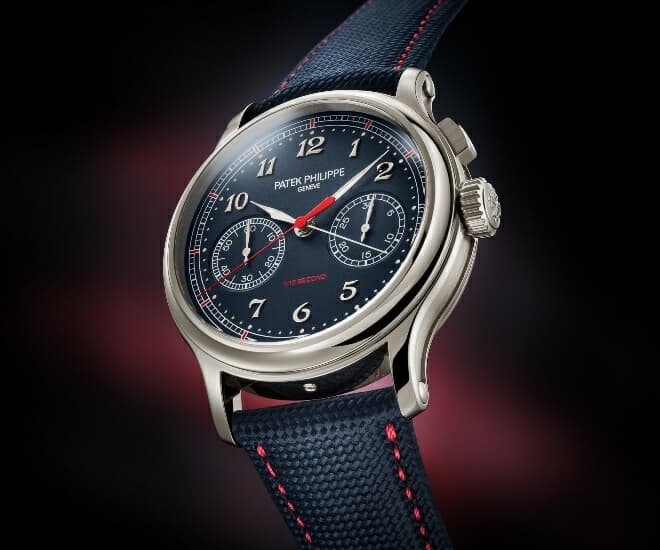Platinum is the New Darling in Luxury Watchmaking
Arguably the most noble of metals to grace watchmaking, platinum is frightfully difficult to come to grips with. Even so, the economic stars are looking right for this incredibly dense white metal to figure ever more prominently in watchmaking. We shed some light on the topic of precious metals.

Everything counts in larger amounts, or so Depeche Mode put it in their 1983 hit. As applied to precious metals, larger amounts are measured in grammes and what counts is rarity and exclusivity. One should bear in mind that this is hardly an absolute. Instead, rarity and exclusivity applies relative to the best of our current knowledge and abilities; it helps to remember that aluminium was once more valuable than gold, as ridiculous as that might sound to contemporary ears. Similarly, helium is the second-most abundant element in the universe, yet it is quite uncommon on our planet; its nature ensures that it gets rarer on earth over time, and thus ever more valuable.
While we are actively advocating that collectors look seriously at precious metal options, we do acknowledge some weirdness here. To be upfront about it, platinum is cheaper than gold, and not by a little. It is also just about as rare as gold, and arguably more common, but far less is mined, and for more on that, you can always check out the history and material properties of platinum. Some observers have ventured that platinum is perfectly suited to watchmaking because it is so difficult to work with, and there is probably something to that. No less than Patek Philippe President Thierry Stern issues challenges to his watchmaking team, urging them to use platinum for chiming watches while knowing full well that the material is not the best suited to this task. Fortunately, whether a watch sounds out the time beautifully or not is a subjective matter.

- READ MORE: Patek Philippe Ref. 5470P: Extra Time
Any given material’s abilities to retain shape and resist deformation are not at all subjective, and surprisingly neither is lustre. The brightest metal we typically use is silver, as seen most recently in the Tudor 925, but steel can be very bright too, as anyone who has encountered a watch in 904L steel can attest. On the subjective side, gold has a very special quality about its glow that appeals to our aesthetic sensibility. Platinum is neither particularly bright nor does it hold the eye as gold does; however, it does have its own particularities that have drawn favour. One of these particularities is durability, for which platinum is tough to beat. Ask any jeweller what will retain its lustre over the years and the answer is inevitably platinum; you could try this over at Cartier and Harry Winston, both of which are famous for their platinum pieces. It is the material’s density that is responsible here, meaning it does not wear out — polishing platinum does not remove material, but more on that later. For now, that same density, especially in the alloyed forms used in jewellery, also makes platinum noticeably weighty and potentially uncomfortable to wear.

All this is shorthand to note that platinum is not a go-to material for its properties, at least not as far as watches and jewellery go. As Jack Forster notes in his excellent story for Hodinkee in 2020, even seasoned watch collectors may have precious little experience with platinum (no pun intended). It is more exotic than anything else, and we do not mean to suggest with our heavy focus here that platinum is a trending material, despite what you might see from the watch novelties this year. It might also be the case that platinum and other white precious metals might indeed be trending, but only in combination with steel. For this reason, for this material-focused section, we decided to go with precious metals, with platinum and bimetallic combinations anchoring the whole affair.
For more watch reads, click here.







